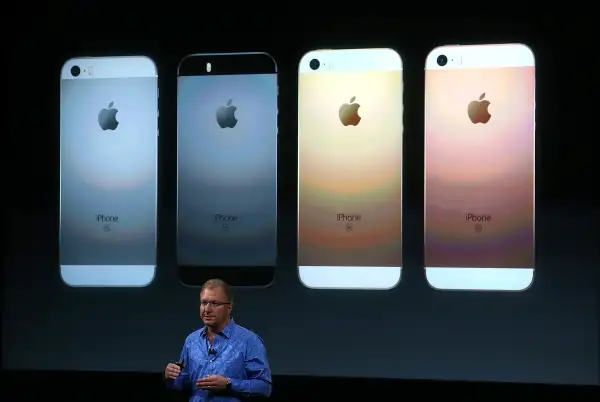Apple's New Budget iPhone SE Could Change How We Buy Phones

The world of cell phones and contracts has changed dramatically in the past year, as carriers tried out different ways of offering phones. After killing and reviving upgrades last year, carriers today push one of two options: selling phones outright at list price or enrolling customers in a payment plan.
With the decline of two-year contracts, some customers might not want to maintain long-term ties with a carrier and prefer to buy their phones outright, even if there's no subsidized phone via a "free upgrade."
However, the steep $649 iPhone price means that not everyone can simply toss that on a credit card, even though buying a phone outright is cheaper. (In comparison, the new Samsung Galaxy S7, the iPhone's biggest rival, costs about $700.)
Today, with the release of the iPhone SE, iPhone enthusiasts have a new option at their disposal. Priced at $399, $250 less than the iPhone 6s, the iPhone SE has a smaller, 4-inch screen and is the most affordable iPhone yet. The new price point is also potentially cheap enough to dissuade consumers from dabbling in installments.
Apple has already taken a shot at carrier financing by offering its own option, with plans that offer a new phone every year starting at $32/mo, but offering a cheaper phone altogether is another shot across the bow since it has the potential to cut the carrier out of the deal completely.
All of this, of course, depends on the public's appetite for a smaller, budget-friendly phone. But despite the somewhat luxury status of having the freshest iPhone, there's a huge market of people who have been demanding cheaper phones—and smaller phones too.